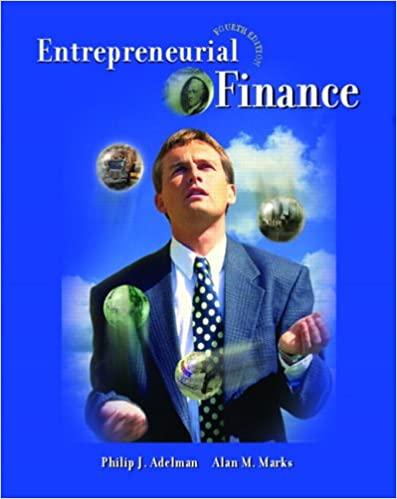


11. A reinsurance contract that is entered into on a case-by-case basis after an application for insurance is received by a primary insurer is called A) a reinsurance pool. B) automatic treaty reinsurance. C) retrocession. D) facultative reinsurance. 12. Which of the following statements about treaty reinsurance is truc? A) The reinsurer is required to underwrite each individual applicant that is reinsured. B) The reinsurer must accept all business that falls within the scope of the treaty. C) The ceding insurer can choose which business falling within the scope of the treaty it wishes to reinsure. D) It protects the reinsurer by requiring the ceding insurer to charge adequate premiums. 13. In which part of an insurance contract would you find information about the property or activity to be insured? A) insuring agreement B) exclusions C) declarations D) conditions 14. Deductibles are used for all of the following reasons EXCEPT A) to reduce loss control efforts. B) to reduce moral and attitudinal hazard. C) to reduce premiums. D) to eliminate small claims. 15. Which of the following statements is (are) true with respect to endorsements and riders? I. Endorsements and riders are used to amend provisions of insurance contracts. II. If the endorsement or rider conflicts with terms in the underlying contract, the endorsement or rider takes precedence unless it conflicts with the law. A) I only B) II only C) neither I nor II D) both I and II 16. In which section of an insurance contract will you find provisions that qualify or place limitations on the insurer's promise to perform? A) exclusions B) definitions C) insuring agreement D) conditions 17. Which of the following statements is (are) true about the insuring agreement? 1. The insuring agreement provides a description of the property or activity to be insured. II. The insuring agreement can be written on an "open-perils" basis or on a "named-perils" basis. A) II only B) neither I nor II C) both I and II D) I only 18. Exclusions are found in insurance policies for all of the following reasons EXCEPT A) to add coverage for certain perils B) some perils are not insurable. C) moral hazard problems would develop without certain exclusions. D) coverage may be provided under another insurance contract. 19. What information is contained in the insuring agreement of an insurance policy? A) a description of the property or life to be insured B) a summary of the major promises of the insurer C) a summary of the obligations of the insured D) a list of the property, losses, and perils that are not covered 20. Which of the following statements about "open-perils" coverage is (are) true? 1. All losses are covered except those losses specifically excluded. II. The burden of proof is on the insured to prove that a loss is covered. A) I only B) II only C) both I and II D) neither I nor II 21. Reasons why a peril may be considered uninsurable and therefore excluded from insurance contracts include which of the following? I. The losses from the occurrence of the peril may be due to a predictable decline in value. II. The losses from the occurrence of the peril may be incalculable and catastrophic. A) 1 only B) II only C) both I and II D) neither I nor II 22. Which of the following statements about the definition of the insured is (are) true? I. In some cases, a person who is not specifically named may be classified as an insured. II. Under no circumstances can more than one person be named as an insured. A) I only B) II only C) both I and II D) neither I nor II 23. Eric's property was damaged in an accident. He phoned his agent to see if the loss was covered under his property insurance policy. The agent said, "As long as the cause of loss is not specifically excluded in the policy, the loss is covered." Based on the agent's answer, what type of insuring agreement appears in the policy? A) unconditional coverage B) named-perils coverage C) extended-perils coverage D) "open-perils" coverage 24. Janet hit a wall causing a large dent in the fender of her car. She was busy at work and delayed reporting the damage to her insurer for 9 months. When she finally reported the claim, her insurer denied payment, stating. "Although such a loss is usually covered, you are required under the terms of the contract to provide prompt notification in case of loss." The prompt notification requirement is an example of a(n) A) declaration. B) definition. C) insuring agreement. D) condition. 25. An individual who is injured as result of a tort may bring a legal action against the person who caused the injury. In a court of law, the injured party is known as the A) attorney. B) defendant. C) plaintiff. D) tortfeasor. 26. Kate opened a delivery business and hired a delivery driver. When her driver ran a stop sign and injured another motorist, the injured motorist sued Kate as the employer of the negligent driver. Transferring the liability of one person to another person is called A) imputed negligence. B) contributory negligence. C) comparative negligence. D) privity of contract. 27. Which of the following statements is (are) true with respect to the degree of care owed by property owners to those who visit their property? I. Property owners owe the same degree of care to all visitors to their property. II. A higher degree of care is owed to an invitee than is owed to a trespasser. A) II only B) neither I nor II C) both I and II D) I only









